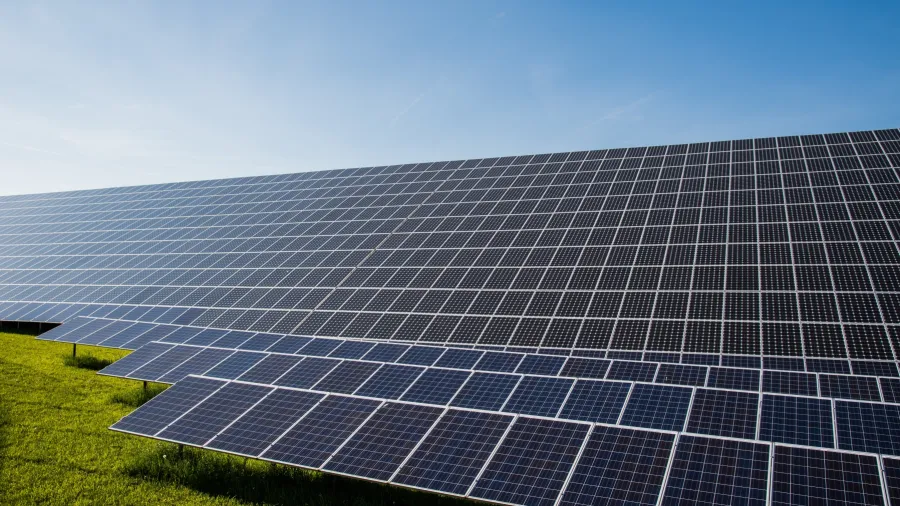
Renewables share in APAC’s electricity generation reaches 11%: report
This is behind the global figure of 12%.
Renewable energy accounted for 11% of the electricity generation in Asia Pacific, S&P Global Commodity Insights reported.
Dan Klein, head of Future Energy Pathways, at S&P Global Commodity Insights, said this is “slightly” behind the global figure of 12%.
“Overall, renewables account for 7% of primary energy supply globally, but that rises to 14% with hydro generation,” the report read.
Read more: Indonesia unleashing potential in new and renewable energy
In particular, renewables contribute 7% of primary energy supply in China, 11% in South Asia, and 5% in Southeast Asia.
“Total energy demand continues to grow faster than clean energy supply, and that includes
nuclear, hydro and other non-emitting resources. Emissions continue to increase each year,” the report also read.
“A young coal fleet—except in Australia--will delay incentives to retire coal plants early in Asia-Pacific.”


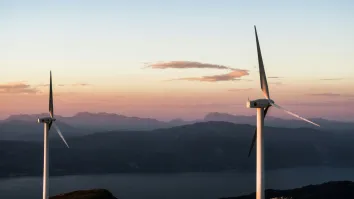
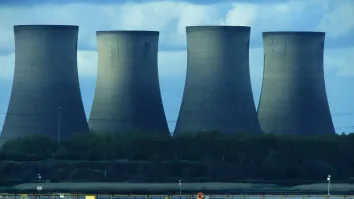
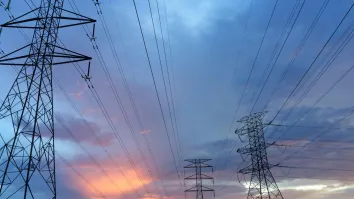
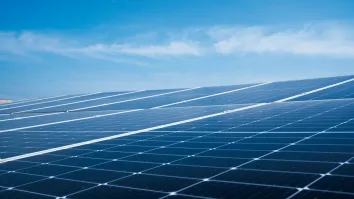




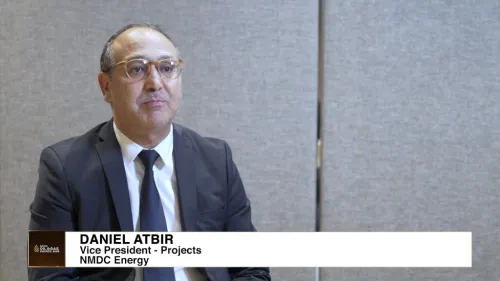

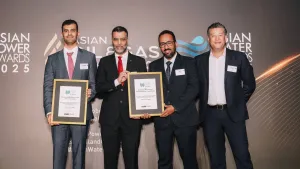






 Advertise
Advertise







